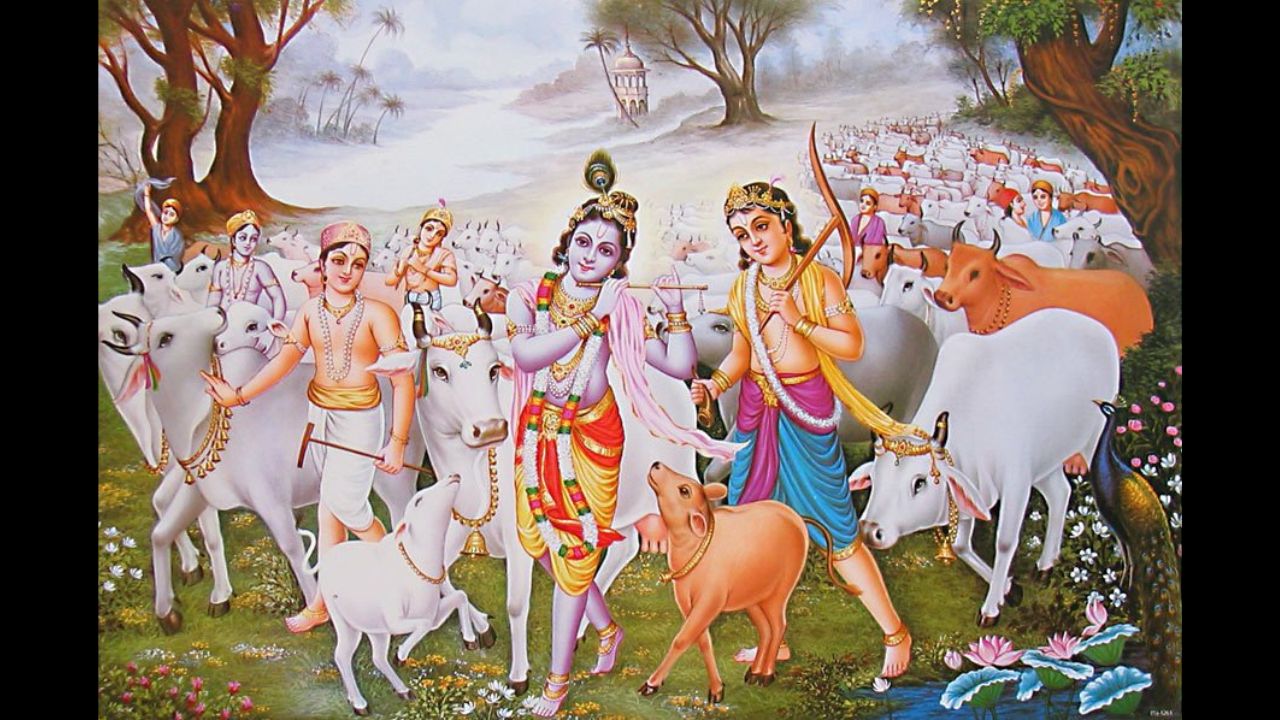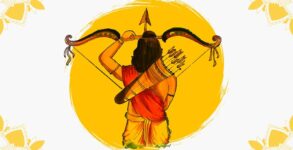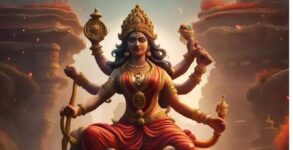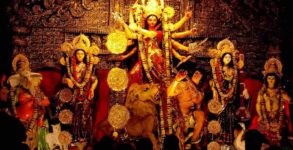Hal Sashti 2023: Hal Sashti, also known as Lalhi Shast or Har Chatt, is a Hindu festival dedicated to Lord Balaram, who was Sri Krishna’s senior brother. In the traditional Hindu calendar, it is celebrated on the sixth day of Krishna Paksha (the declining phase of the moon) in the month of Bhadrapada. The Hal Sashti festival commemorates the birthday of Lord Balaram and is celebrated with great fervour and merriment throughout India. Six days after Shravan Purnima or Raksha Bandhan, this festival is observed. It is known as ‘Chandra Sashti’ in Rajasthan, ‘Randhan Chhath’ in Gujarat, and ‘Baladeva Chhath’ in the Braj region.
Rituals performed during Hal Sashti:
India’s agricultural communities observe the Hal Shasti festival with extraordinary devotion. This festival’s rituals are predominantly performed by women.
On the day of Hal Sashti, women rise before sunrise to bathe. Then, preparations for the Lalhi Chhath puja commence. The place of devotion is cleaned before being consecrated with cow dung. A small well is then dug, and stems of straw grass, palaash, and a type of reed are combined to create a structure resembling Lord Balaram’s plough. Women then revere it for prosperity and a bountiful harvest.
During the Hal Sashti puja, devotees also offer ‘Satavya’ to the well. A ‘Satavya’ is a mixture of seven types of cereals, including jowar, rice, wheat, moong, gramme, maize and lentil. A piece of fabric coloured with turmeric paste is also deposited close to the plough and worshipped. In addition to the puja, devotees recite the Hal Sashti vrat katha.
On Hal Sashti, the women of the household observe a rigorous fast. They entirely abstain from eating throughout the entire day. The Hal Sashti vrat prohibits even the consumption of fruits and milk throughout the day. It should be noted that cow’s milk is not consumed on Hal Sashti, and only buffalo milk may be consumed if necessary.
Krishna Janmashtami 2023: Date, History, Significance, Rituals
Kalashtami 2023: Date, History, Significance, Rituals
Goga Navami 2023: Date, History, Significance, Rituals
Important Timings On Hal Shasti 2023
| Sunrise | September 05, 6:14 AM |
| Sunset | September 05, 6:37 PM |
| Shashthi Tithi Timing | September 04, 04:42 PM – September 05, 03:46 PM |
Significance of Hal Sashti:
The Hal Sashti festival is dedicated to Lord Balaram and is also known as “Balaram Jayanti.” He is known by the names ‘Halayudha’, ‘Baladeva’, and ‘Balabhadra’. Balaram was the elder sibling of Lord Krishna and one of Lord Vishnu’s ten incarnations (Sri Maha Vishnu’s Dasavatara), according to Hindu mythology. Pestle and shovel were regarded to be Lord Balaram’s primary tools. On this day, Hindu devotees, particularly those from the farming community, worship these sacred instruments for a bountiful harvest. Women observe the Hal Sashti vrat to be blessed with a male infant and for their children’s well-being. According to Hindu legends, Uttara (from the Mahabharata) devotedly conducted this vrat on Lord Krishna’s advice and regained her destroyed womb. The Hal Sashti vrat is subsequently believed to be beneficial in Vansha Vridhi.
Hal Shasti festival dates between 2020 & 2030
| Year | Date |
|---|---|
| 2021 | Saturday, 28th of August |
| 2022 | Wednesday, 17th of August |
| 2023 | Tuesday, 5th of September |
| 2024 | Sunday, 25th of August |
| 2025 | Thursday, 14th of August |
| 2026 | Wednesday, 2nd of September |
| 2027 | Monday, 23rd of August |
| 2028 | Friday, 11th of August |
| 2029 | Thursday, 30th of August |
| 2030 | Monday, 19th of August |


















